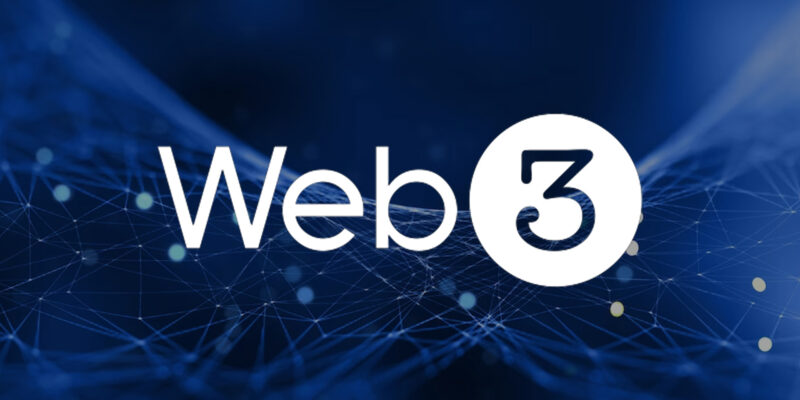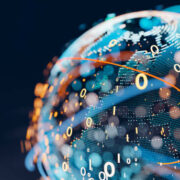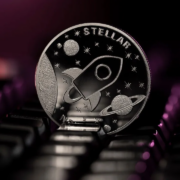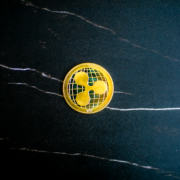- Web 3.0, also known as the decentralized web or Semantic web, is one of the most integral parts of today’s internet.
- Web 1.0 and 2.0 are used while creating Web 3.0.
Web 3.0 has a big hand in transforming the internet. The internet has faced new revolutionizing features with the help of Web 3.0. Web 3.0 is all about a more brilliant connection between people and information. Blockchain is used for safety, allowing us to control our data. Online things are now better, more friendly, and smarter with Web 3.0.
Web 3.0 is Anticipated to be –
Open-source software that’ll be used to build platforms related to the content.
Everyone will trust unthinkingly, and network protection will reach the edge.
Interactions between devices these days will happen even without centralized authority’s approval.
Key Characteristics and Concepts
Semantic technologies like RDF and ontologies are emphasized. Not only can humans read the data, but machines also develop an understanding of the data inserted. Web 3.0 allows for meaningful data analysis, categorization, and data linking. The best feature of Web 3.0 is that it leads to intelligent search engines and personalized recommendations.
Web 3.0 has shifted from centralized technologies to decentralized technologies. Distributed ledgers and blockchains authorize peer-to-peer connections. The reliance on intermediaries is reduced, and security and privacy concerns are enhanced. The control over data and transactions will improve.
Emerging technologies like AI, VR, AR, and IoT are integrated using Web 3.0. Context-aware interactions will now work with user preferences and environment. Across devices and platforms, a seamless experience will be maintained.
Users will have complete control of their digital identities. The dependence on centralized authentication methods will reduce. In online transactions, privacy and security will be enhanced.
Efficient interaction of data and exchange from various sources will be enabled. Among different platforms, data sharing and collaboration will be enhanced. Interconnected and comprehensive ecosystems will be upon development.
With the help of Web 3.0, decentralized platforms will be introduced. Trading assets between two entities will be done without intermediaries. Digital ownership of unique items like NFTs (Non-Fungible Tokens) will revolutionize. Im-game assets, digital art, and collectibles trading will be enhanced.
The users will be placed in the center of their online experience, meaning they’ll have an outstanding and never imagined experience. Users can easily control their data and interactions. Personalized recommendations, services, and content will be established.
Cryptographic techniques enhance data security. The risk of unauthorized attacks or controls over the data will be reduced. User information and transactions are end-to-end protected.
An interactive and interoperable digital landscape is enhanced. Interaction across platforms and seamless data flow is enabled. Innovations through collaborations are encouraged at a vast scale.
Wrap-Up (Summary)
In summary, Web 3.0 shows a considerable shift in the internet’s development, putting on semantic understanding, decomposition, progressive mechanics, improved consumer-centricity, and upgraded security. By leveraging blockchain, IoT, AI, and added modernizations, Web 3.0 aims to build a more intelligent, connected, and distributed networked ecosystem that empowers consumers and alters various businesses.







Comments